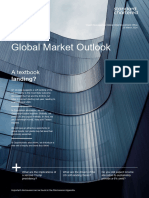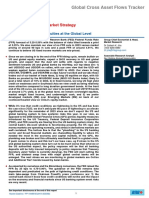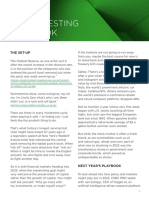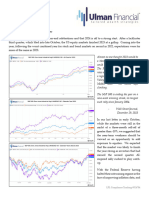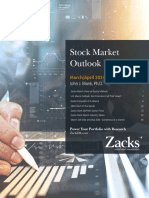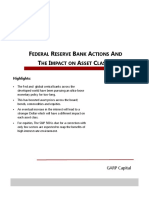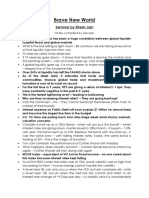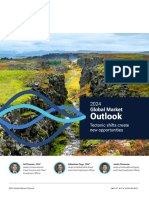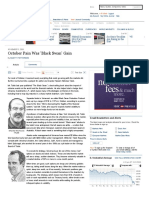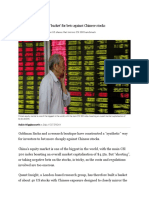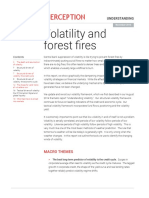0% found this document useful (0 votes)
28 views10 pagesBCA MacroQuant
Recent inflation data has dashed hopes for immediate interest rate cuts by the US Federal Reserve, highlighting ongoing price pressures amid a strong labor market. BCA Research's MacroQuant model has upgraded equities to overweight for the short term while maintaining a cautious medium-term outlook, particularly for US stocks, which are seen as overvalued. Additionally, the SPAC investment trend has collapsed, revealing significant losses for investors, while major financial firms are increasingly promoting cryptocurrencies despite their speculative nature.
Uploaded by
Linda FreemanCopyright
© © All Rights Reserved
We take content rights seriously. If you suspect this is your content, claim it here.
Available Formats
Download as PDF, TXT or read online on Scribd
0% found this document useful (0 votes)
28 views10 pagesBCA MacroQuant
Recent inflation data has dashed hopes for immediate interest rate cuts by the US Federal Reserve, highlighting ongoing price pressures amid a strong labor market. BCA Research's MacroQuant model has upgraded equities to overweight for the short term while maintaining a cautious medium-term outlook, particularly for US stocks, which are seen as overvalued. Additionally, the SPAC investment trend has collapsed, revealing significant losses for investors, while major financial firms are increasingly promoting cryptocurrencies despite their speculative nature.
Uploaded by
Linda FreemanCopyright
© © All Rights Reserved
We take content rights seriously. If you suspect this is your content, claim it here.
Available Formats
Download as PDF, TXT or read online on Scribd
/ 10





